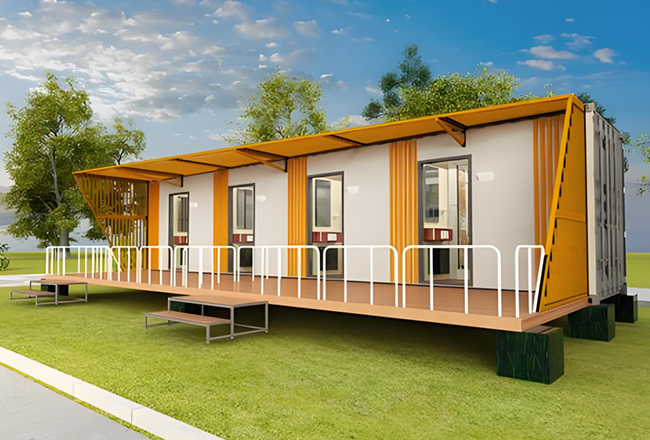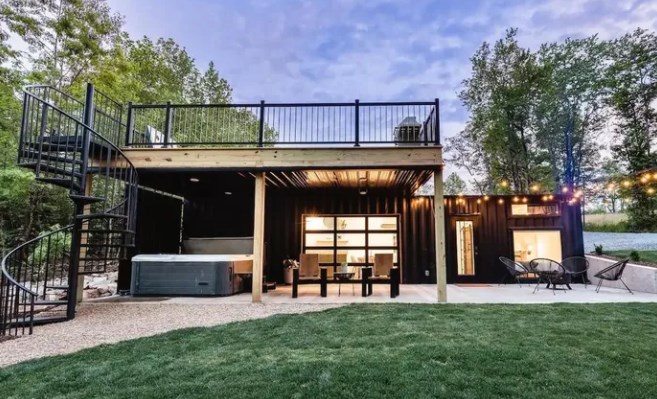Why prefabricated construction build so fast
The construction industry is undergoing a transformation, with prefabricated construction methods gaining popularity and recognition. Prefabrication, often referred to as “prefab,” involves assembling building components off-site in a controlled environment and then transporting them to the construction site for final installation. This innovative approach offers a multitude of advantages, including accelerated project timelines, enhanced efficiency, and improved construction quality.
Prefabricated construction is known for its remarkable speed. Compared to traditional construction methods, projects can be delivered 50% faster. This is because
the groundwork and foundation preparation occur on-site simultaneously with the off-site manufacturing of modules or components. This parallel work streamlining leads to faster project completion.
Prefabricated elements are engineered and produced under optimal conditions, minimizing the impact of weather-related delays and unforeseen site conditions. These controlled environments also allow for efficient and precise assembly, reducing downtime.(jieshao)
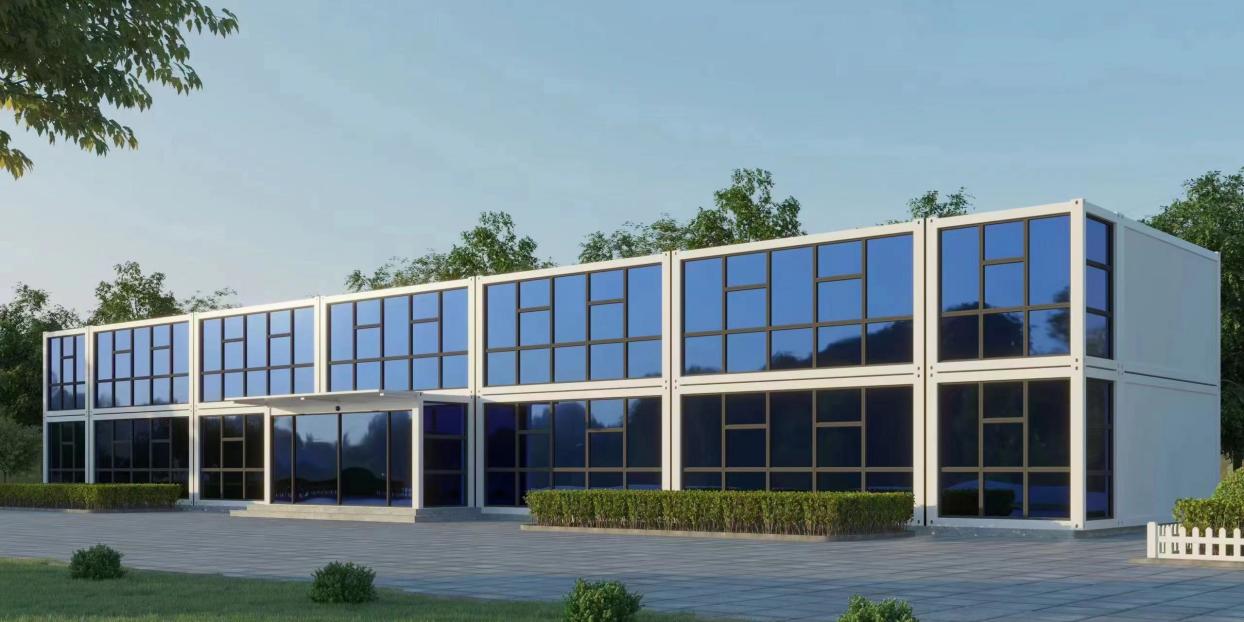
The customer confirms the drawings, places the order, and sends it to the factory. Flat pack container houses are assembled at the factory before shipping. After the customer receives the goods and inspects them, they can be put into use.First assemble the frame, including long beams, short beams, columns, secondary beams and corner pieces. Assembling the wall panels and putting in the corresponding configurations such as water and electricity. After installation is completed, it can be packed and transported.
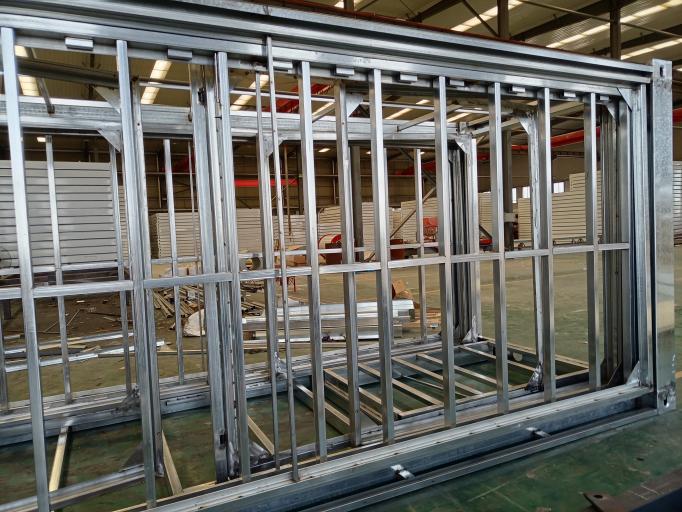
Detachable,folding and expandable container house require on-site installation, which takes less than 1 hour. We have detailed installation tutorials and can also provide online guidance.
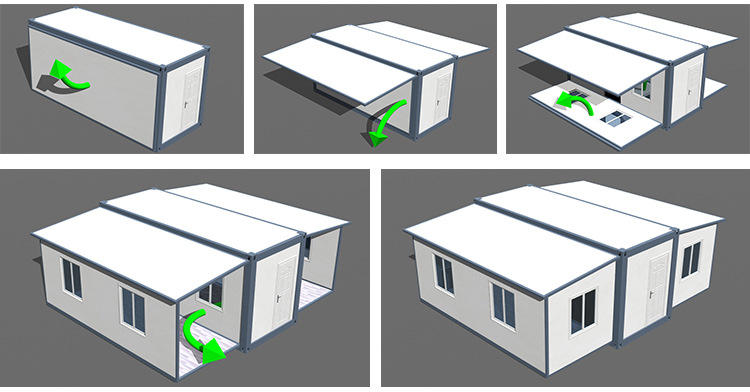
The increased efficiency and reduced labor requirements in prefabricated construction can result in cost savings. With less labor time spent on-site, costs for on-site labor, supervision, and temporary facilities are lowered. Additionally, the controlled environment and factory production reduce the risk of material theft or damage, further cutting expenses.
Prefabricated construction methods are revolutionizing the industry, offering advantages that include speed, efficiency, and quality. As the demand for sustainable, cost-effective, and timely construction solutions continues to grow, prefabrication has positioned itself as a viable, and often superior, alternative to traditional on-site construction methods. This innovative approach has the potential to shape the future of construction, offering benefits that meet the expectations of both construction professionals and clients.


